Throughout history, trees have spread across continents, shaping ecosystems and influencing human civilizations. Some species have not only survived for thousands, or even millions, of years but have also adapted to a variety of climates and environments far from their places of origin. Many of these rare and ancient trees are now symbols of resilience and natural history. In this article, we explore rare tree species that have spread across continents over millennia, detailing their fascinating journeys and the unique roles they play in ecosystems today.
Baobab (Adansonia grandidieri)
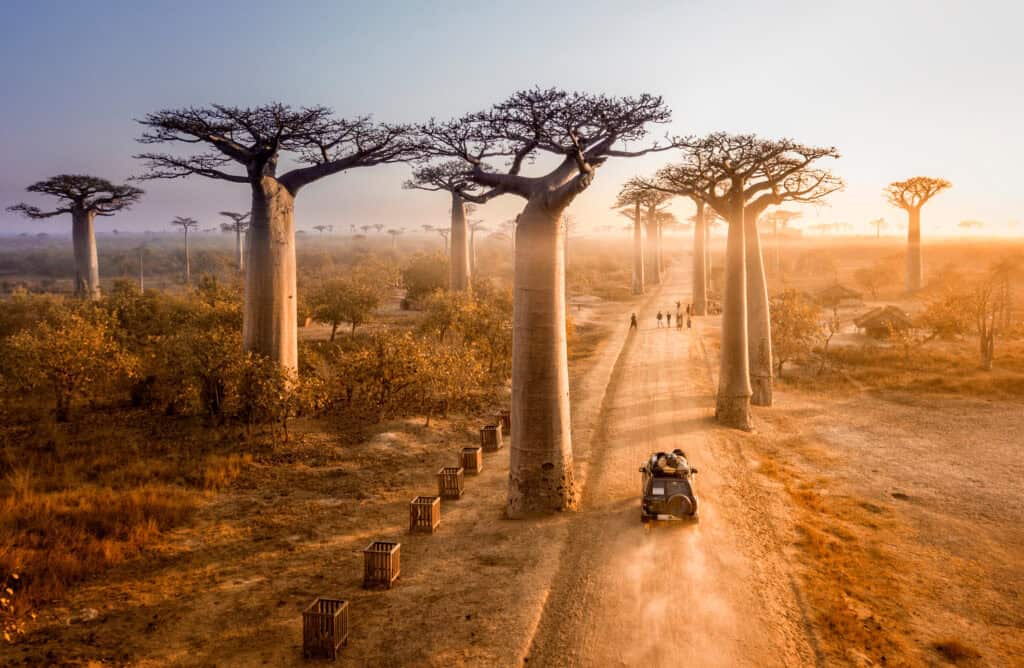
Baobabs are ancient trees primarily found in Madagascar, with one species, Adansonia grandidieri, being one of the most iconic. They have been on Earth for over 21 million years and are well known for their towering structures, sometimes reaching over 100 feet in height. They have also spread to continental Africa and northwestern Australia over millennia. It is often referred to as the “Tree of Life” because of its ability to store water in its massive trunks, allowing it to thrive in arid environments. They play a critical role in ecosystems by providing food, shelter, and water to both animals and humans. Over time, they developed relationships with pollinators such as bats and lemurs, influencing the tree’s evolution. However, habitat loss and climate change threaten the species, particularly in Madagascar, where deforestation is rampant. Its survival is also tied to low sea levels, which in the past helped their populations thrive. Now, rising sea levels and habitat degradation put additional pressure on their fragile ecosystems, making conservation efforts crucial.
Dragon Blood Tree (Dracaena cinnabari)
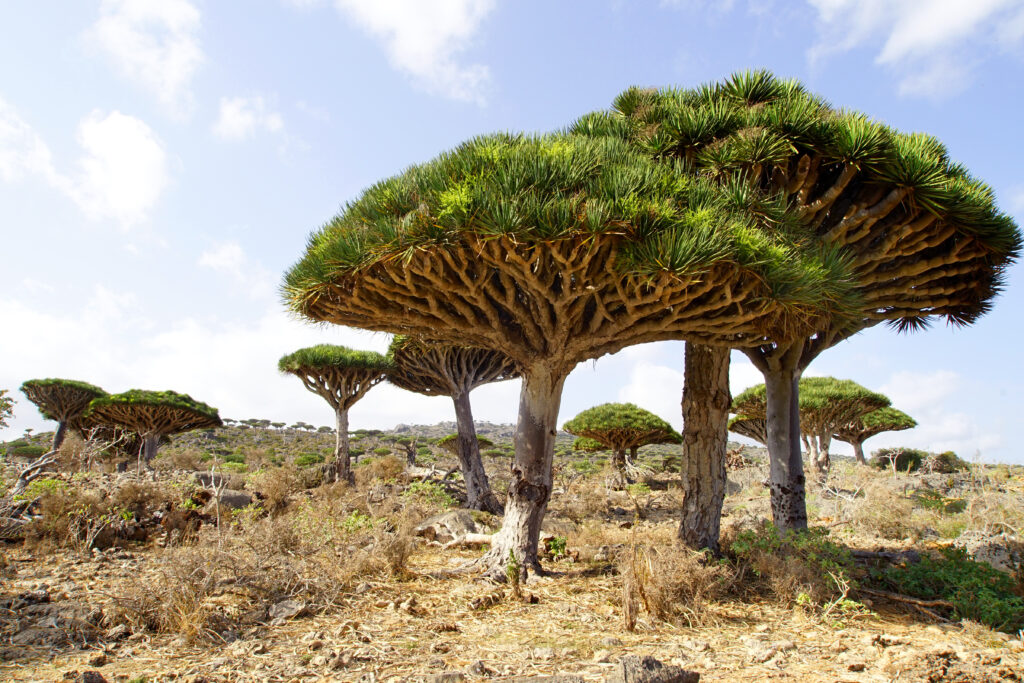
Native to the Socotra Archipelago in Yemen, the Dragon Blood Tree (Dracaena cinnabari) stands out for its umbrella-like shape and red resin, known historically as “dragon’s blood.” Its distinctive sap was used in ancient medicine and dye production, making it economically significant in the past. This species is estimated to have existed for millions of years, surviving in arid environments where it captures moisture through its unique canopy structure. The Socotra Island region, where it is found, is known for its biodiversity, much of which has developed in isolation. While this tree is widespread in its native region, it faces threats due to habitat destruction and overgrazing by livestock. The population is declining as the region’s environment changes. Conservation efforts are in place to protect the species, but they remain vulnerable to environmental and human pressures. It also provides an essential habitat for other species, with its dense crown offering shade and moisture in otherwise dry environments. Its unique ecology has made it a subject of interest for environmental conservationists focused on preserving Socotra’s rare biodiversity.
Wollemi Pine (Wollemia nobilis)
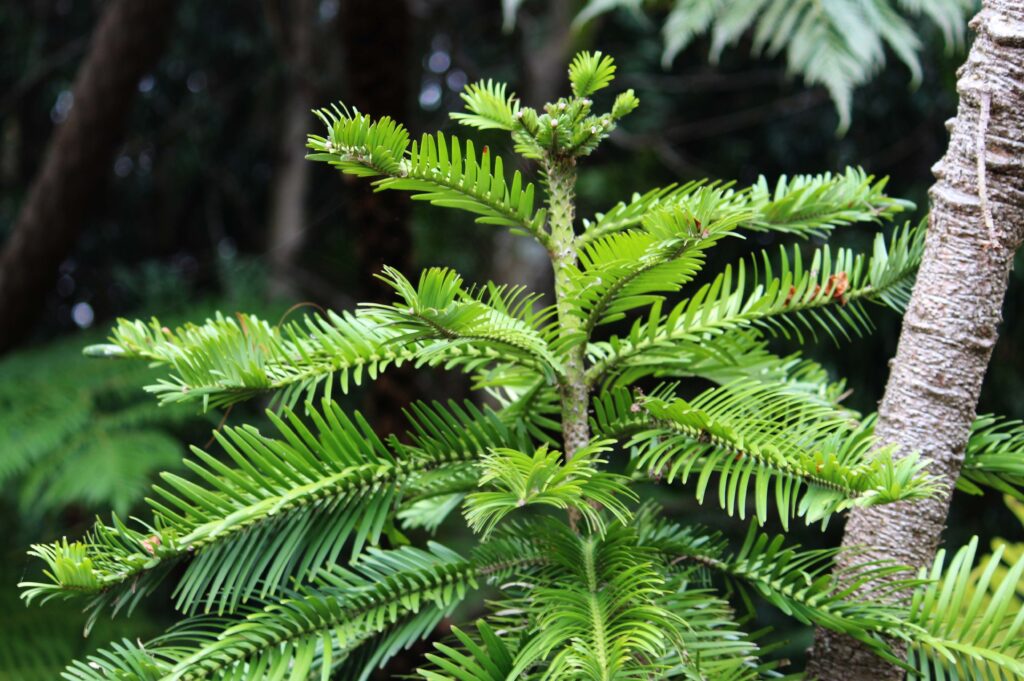
The Wollemi Pine (Wollemia nobilis) is often described as a “living fossil,” having been discovered in 1994 in a remote canyon in Australia. Before its discovery, it was believed to have gone extinct millions of years ago. This rare tree, which belongs to the Araucariaceae family, dates back to the time of the dinosaurs, with fossils showing it existed as far back as 200 million years ago. The wild population consists of fewer than 100 trees, but conservation efforts have been successful in cultivating the species in botanical gardens worldwide. Found primarily in the Blue Mountains of New South Wales, it has fern-like leaves and bark that resembles chocolate bubbles. The secrecy surrounding its exact location helps protect it from human interference. In recent years, wildfires have threatened its natural habitat, but emergency efforts have helped preserve the remaining population.
Ginkgo Tree (Ginkgo biloba)
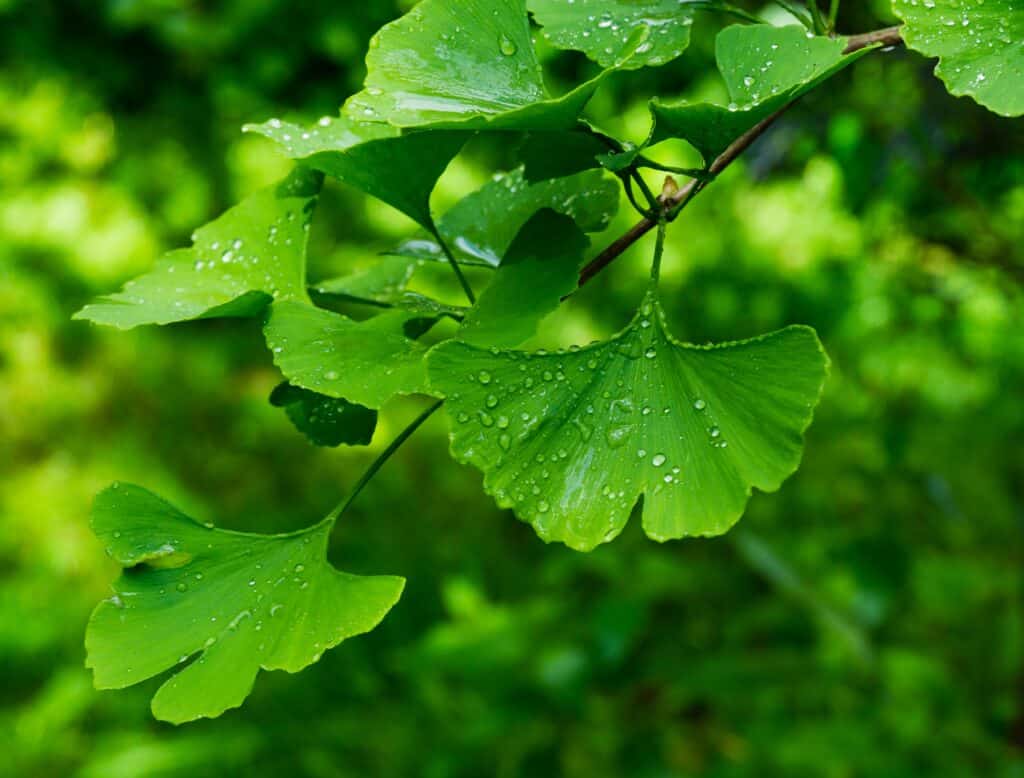
The Ginkgo tree (Ginkgo biloba), sometimes called the maidenhair tree, is one of the oldest living tree species, dating back over 200 million years. Originating in China, it has survived multiple climate shifts and extinctions that wiped out other species from the same period. This “living fossil” has been cultivated for thousands of years, and today, it can be found across Asia, Europe, and North America. Known for its fan-shaped leaves and resistance to pollution, it thrives in urban environments. A famous specimen in the Zhongnan Mountains in China is over 1,400 years old and draws visitors every autumn when its leaves turn golden yellow. Despite its long history, it faced near extinction during the last Ice Age and was saved largely due to human cultivation in temple gardens. They are often planted in cities due to their ability to withstand harsh urban conditions. They also have medicinal properties, with extracts used in traditional medicine to improve cognitive function and memory.
Monkey Puzzle Tree (Araucaria araucana)
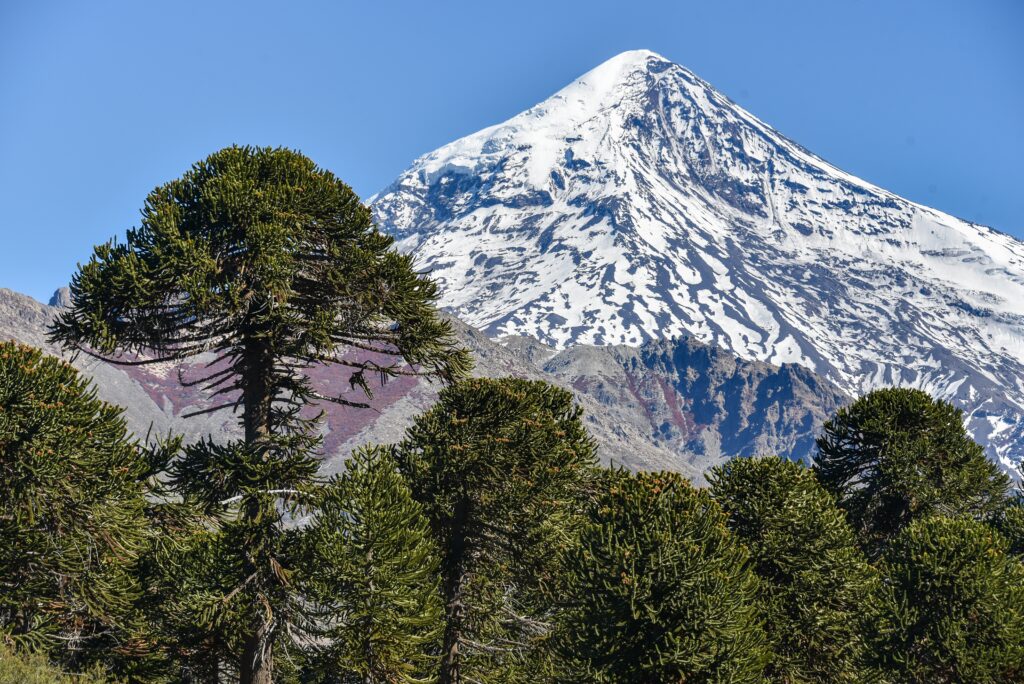
Native to the Andes Mountains in Chile and Argentina, the Monkey Puzzle Tree (Araucaria araucana) is an ancient conifer with a lineage dating back to the Jurassic period. This unique tree can live for over 1,000 years and has spread across continents due to human cultivation, primarily in Europe and North America as an ornamental tree. It is known for its sharply pointed, spiral-shaped leaves, which gave rise to its name, as climbing the tree would “puzzle a monkey.” It can grow up to 50 meters tall and is highly valued for its wood, which has been used by indigenous populations for centuries. While the species is widespread in cultivation, its natural populations are in decline due to logging and habitat loss in its native range. Efforts to protect the remaining natural populations in South America include conservation in national parks and planting programs.
Kauri Tree (Agathis australis)
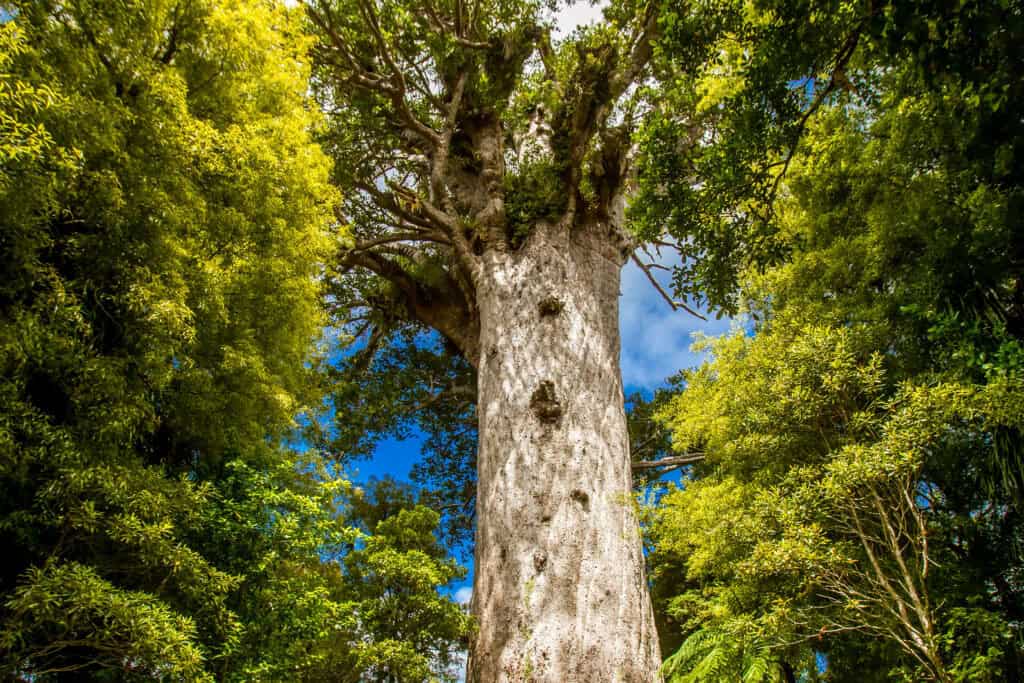
The Kauri tree (Agathis australis) is one of New Zealand’s largest and oldest tree species, with some individuals estimated to be over 2,000 years old. Kauri forests once covered much of the North Island, but today they are limited to a few regions due to deforestation. They can grow over 50 meters tall, with trunks reaching 16 meters in diameter. The largest living Kauri, Tāne Mahuta, is considered sacred by the Māori people and is named after their god of forests. They have also played an essential role in the local ecosystem, providing habitats for many species of birds and insects. In addition to deforestation, Kauri dieback disease, caused by a soil-borne pathogen, has severely affected the population, leading to significant conservation efforts.
Pando Tree (Populus tremuloides)
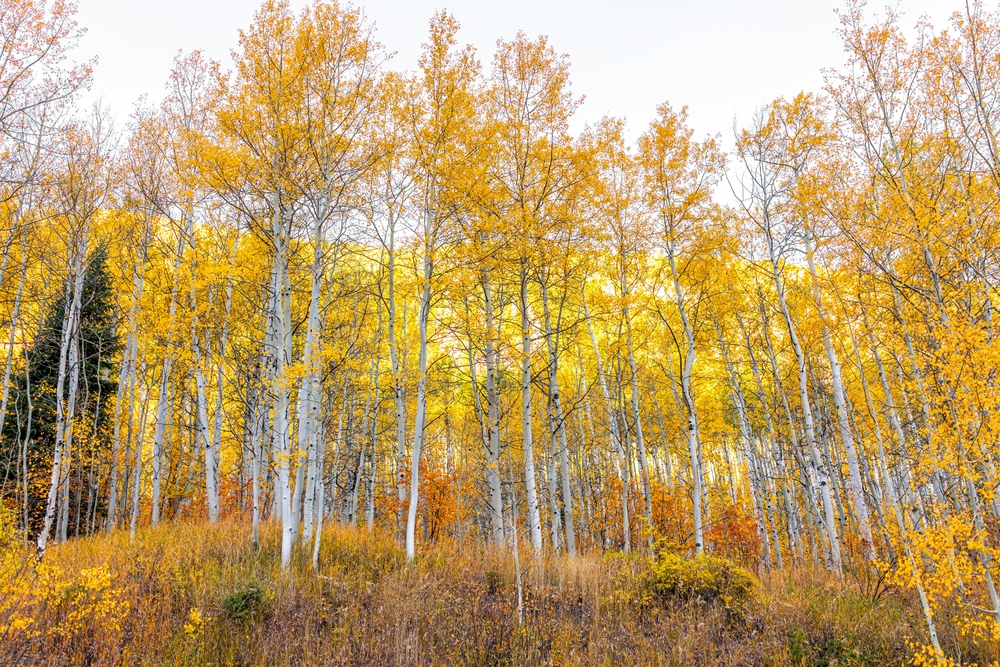
Pando, also known as the “Trembling Giant,” is a clonal colony of quaking aspen trees (Populus tremuloides) located in Utah, USA. This extraordinary tree colony is considered one of the oldest living organisms, with estimates suggesting it has existed for over 80,000 years. It is unique in that all its trees are genetically identical, connected through a massive underground root system that spans over 100 acres. The colony has spread across North America, specifically in the western United States, and is considered the largest living organism by biomass. Despite its longevity, it is threatened by human activity, including overgrazing by deer and elk, which prevent new saplings from growing. The species itself thrives in cold environments, and its ability to propagate through cloning has allowed it to spread widely across the continent.
Fortingall Yew (Taxus baccata)
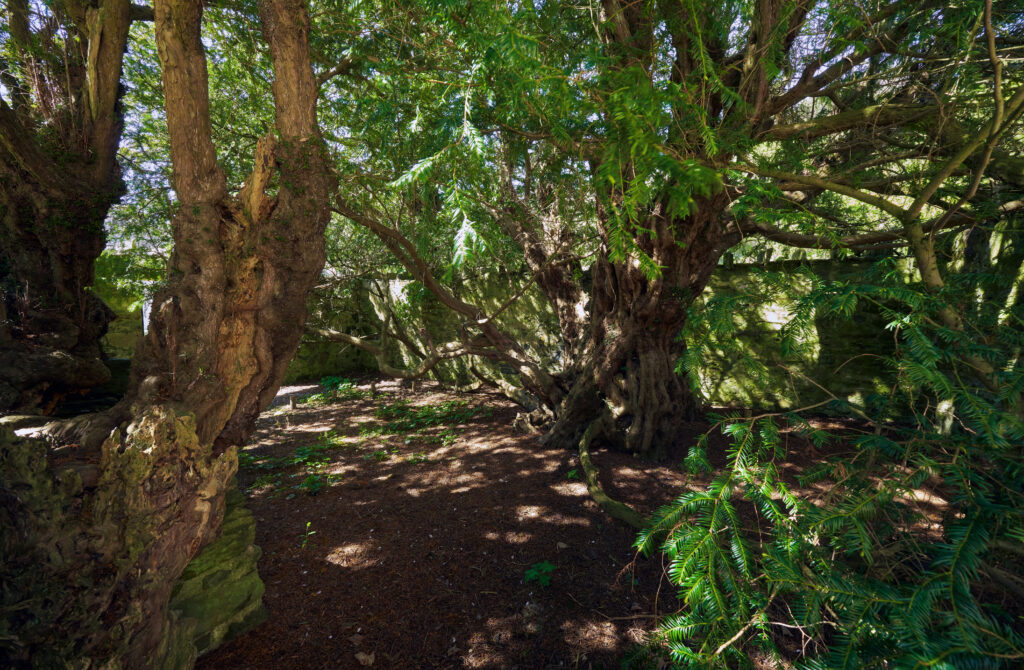
The Fortingall Yew (Taxus baccata), located in the village of Fortingall in Scotland, is one of the oldest known trees in Europe, with estimates of its age ranging from 2,000 to 5,000 years. This ancient yew tree has been a part of local folklore for centuries, believed by some to have witnessed the arrival of early Christian missionaries. Found primarily in Europe, they are known for their incredible longevity and regenerative abilities, with branches often taking root to form new trunks. Over the millennia, yew trees have spread across Europe and into parts of Asia, and today they are commonly found in churchyards and cemeteries due to their association with death and eternal life. The Fortingall Yew, however, has outlasted most of its peers, becoming a living monument to Scotland’s history. Despite its advanced age, the tree is still healthy, although part of its trunk has been reduced to a shell.
General Sherman (Sequoiadendron giganteum)
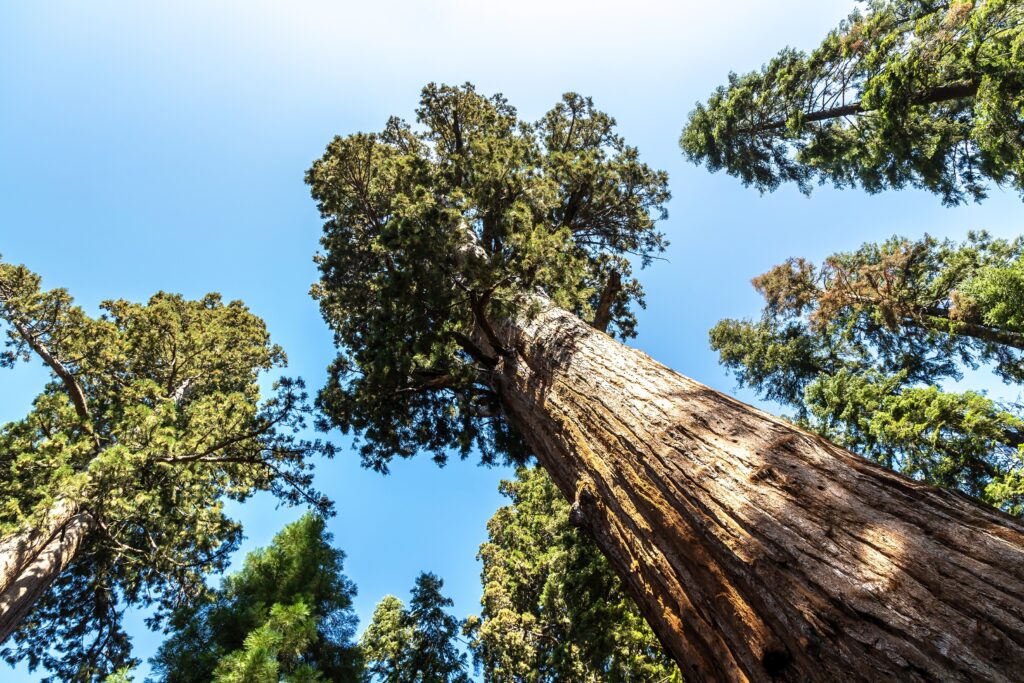
General Sherman is a giant sequoia (Sequoiadendron giganteum) located in Sequoia National Park, California. It is the largest known living single-stem tree on Earth, by volume, estimated to be between 2,300 and 2,700 years old. Giant sequoias are endemic to the western slopes of the Sierra Nevada mountain range in California, but their ancestors once spread across North America and Europe millions of years ago. Today, conservation efforts are crucial as the species is restricted to a narrow range and faces threats from climate change and wildfires. The General Sherman tree is an iconic symbol of the grandeur of ancient forests, reaching a height of 83 meters and a circumference of over 31 meters. Despite its size, the tree continues to grow, adding an estimated 1.5 meters in circumference every year. Its size and age make it a popular destination for tourists from around the world.
Methuselah Tree (Pinus longaeva)
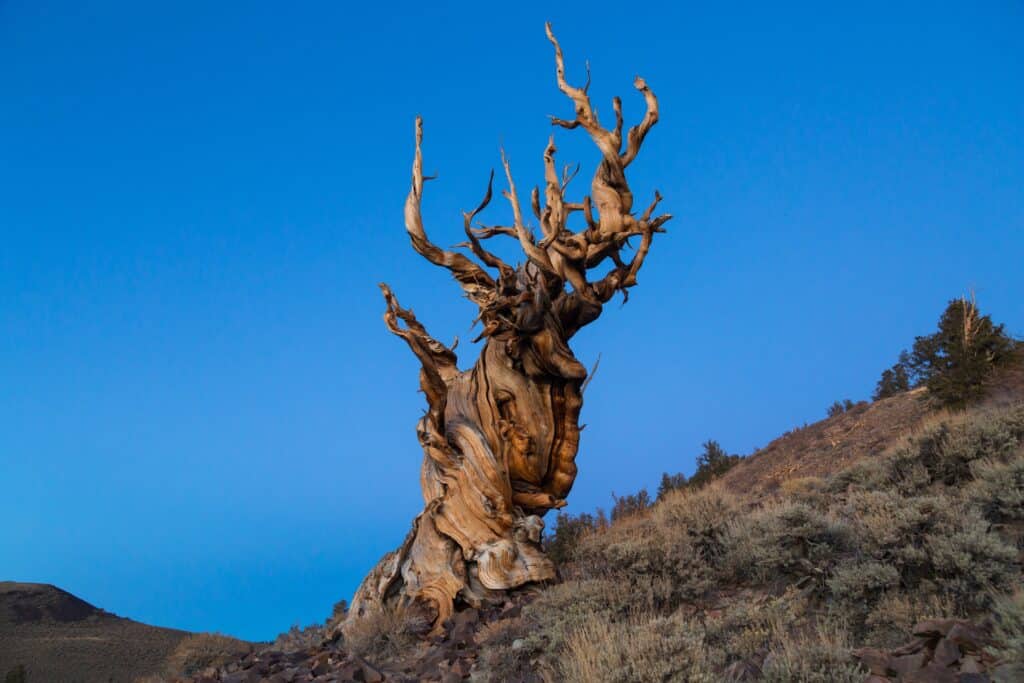
The Methuselah Tree, a bristlecone pine (Pinus longaeva), is one of the oldest known living trees, estimated to be over 4,800 years old. Found in the White Mountains of California, this species has adapted to extreme conditions, growing in dry, rocky soil at high altitudes. Bristlecone pines are among the oldest trees in the world, with Methuselah being one of the most famous specimens. They are slow-growing and have survived for millennia due to their resistance to disease and harsh climates. Bristlecone pines have spread across North America, particularly in the southwestern United States, where they are often found in isolated groves. Methuselah’s exact location is kept secret to protect it from vandalism, but it continues to thrive in its remote environment. It has witnessed the rise and fall of civilizations, making it a symbol of endurance and resilience. Bristlecone pines have a unique ability to survive in nutrient-poor soils, and their wood is extremely dense, which contributes to their longevity.
Socotra Fig Tree (Ficus socotrana)
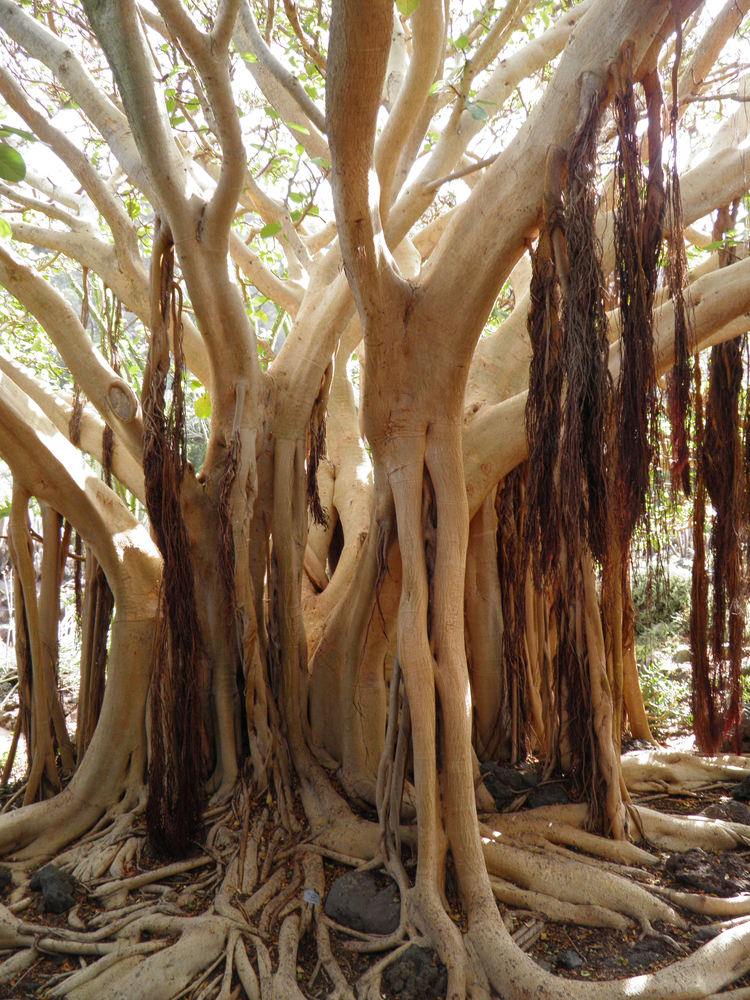
The Socotra Fig Tree (Ficus socotrana) is native to the island of Socotra, located off the coast of Yemen, and is part of the unique flora that has evolved in isolation on the archipelago. This species is known for its large, spreading canopy and its ability to grow in the harsh, arid environment of Socotra. Over time, fig trees have spread across tropical and subtropical regions, and many species of Ficus are found worldwide. However, the Socotra Fig Tree is particularly rare and endemic to the island, where it plays an important role in the ecosystem, providing food and shelter to various species of birds and insects. Its ability to grow in rocky, nutrient-poor soils makes it a hardy survivor in extreme conditions. As human activity threatens Socotra’s unique biodiversity, the Socotra Fig Tree faces challenges from habitat destruction and climate change. It is also culturally significant, as it has been used for traditional medicines and as a food source for locals.
Araucaria angustifolia
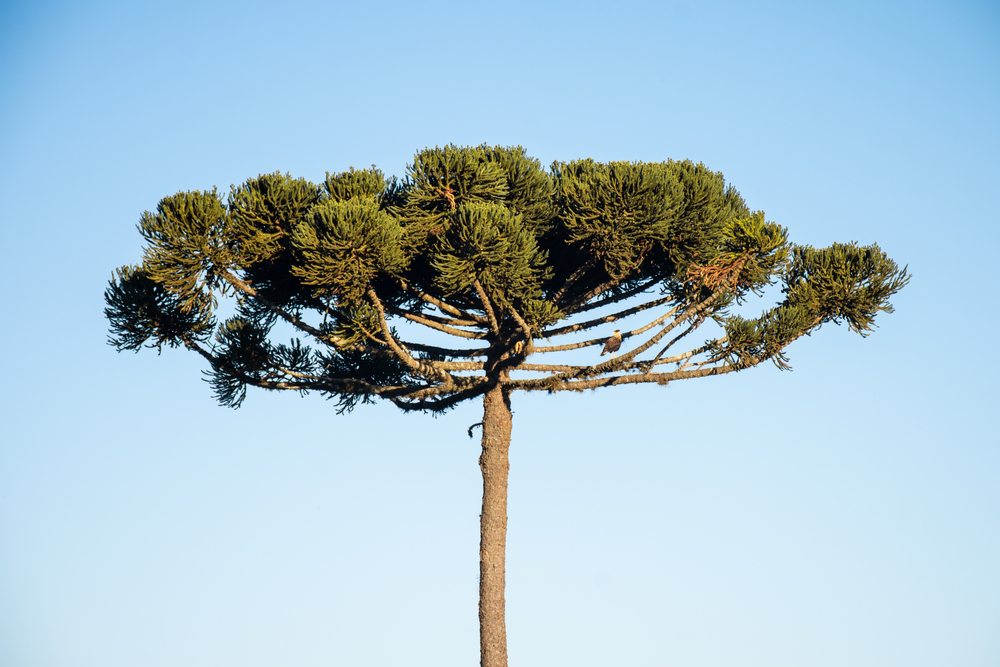
The Araucaria angustifolia, also known as the Paraná Pine, is a coniferous tree native to southern Brazil, northeastern Argentina, and parts of Paraguay. This tree species dates back to the time of the dinosaurs and is part of the ancient Araucariaceae family. It has spread across South America over millions of years, and its seeds, known as pinhão, are a traditional food source for Indigenous peoples in the region. It can grow up to 40 meters tall and is well-adapted to the temperate forests of the Atlantic Forest biome. However, deforestation has drastically reduced its population, and it is now considered critically endangered. Conservation efforts focus on reforestation and protecting remaining old-growth forests where it still thrives. Its role in the ecosystem is vital, as it provides habitat and food for various species, including birds and mammals.
Silver Birch (Betula pendula)
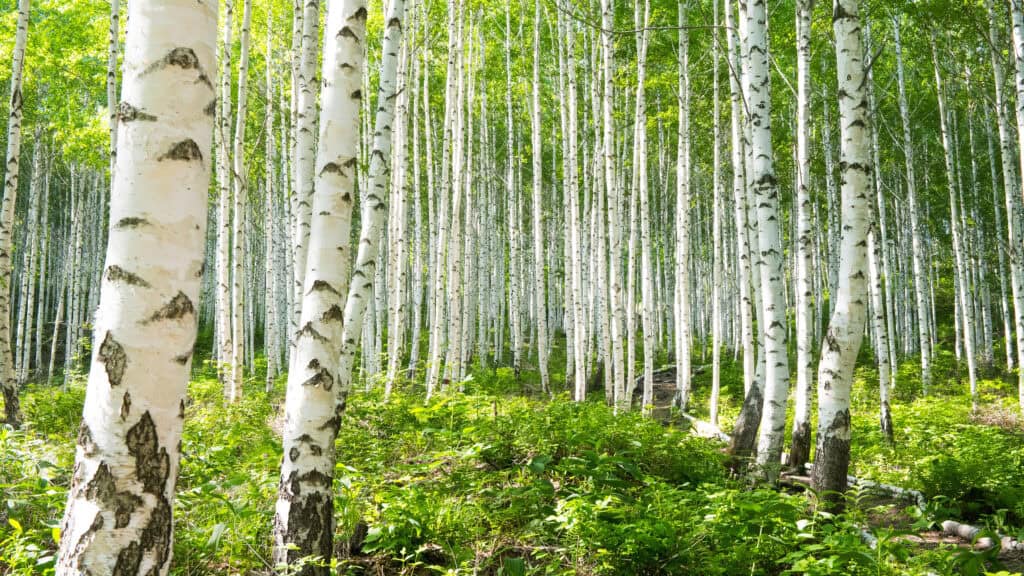
The Silver Birch (Betula pendula) is a deciduous tree native to Europe and parts of Asia, where it has been a dominant species in temperate forests for thousands of years. It has spread across the Northern Hemisphere, from Scandinavia to Siberia, due to its adaptability to cold climates. It is known for its white, peeling bark and slender form, and it can grow up to 30 meters tall. In addition to its ecological role, it has cultural significance, being a symbol of renewal and purification in many European cultures. They are hardy and can thrive in poor soils, making them pioneers in reforestation efforts. However, deforestation and land-use changes have reduced their natural habitats, particularly in Eastern Europe and Russia. It is also used in traditional medicine, and its sap is harvested for various purposes.
This article originally appeared on Rarest.org.
More from Rarest.org
8 Most Collectible Vintage Christmas Ornaments

Vintage Christmas ornaments hold a special charm, making them highly sought after by collectors. Their history and craftsmanship add to their appeal, transforming them into treasured keepsakes. Read More.
13 Most Sought-After Medicinal Plants in Herbalism
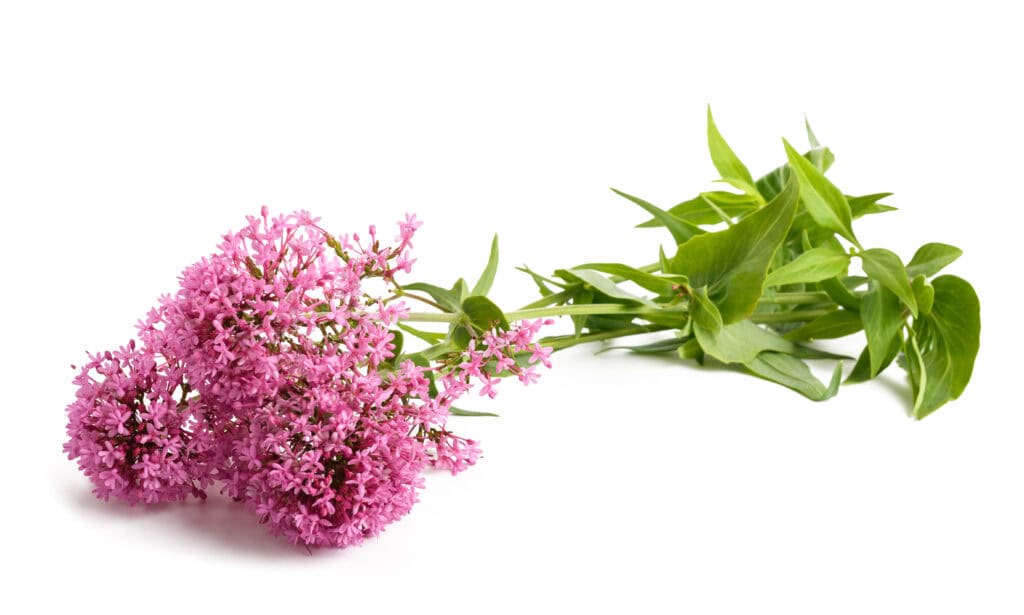
Herbalism has been a cornerstone of traditional medicine for centuries. The use of medicinal plants provides natural remedies for various ailments. Read More.
17 Most Coveted Breeds of Cats Among Enthusiasts

When it comes to feline companions, certain breeds stand out for their beauty, personality, and unique traits. Cat enthusiasts often have favorites that they consider more special than others. Read More.
